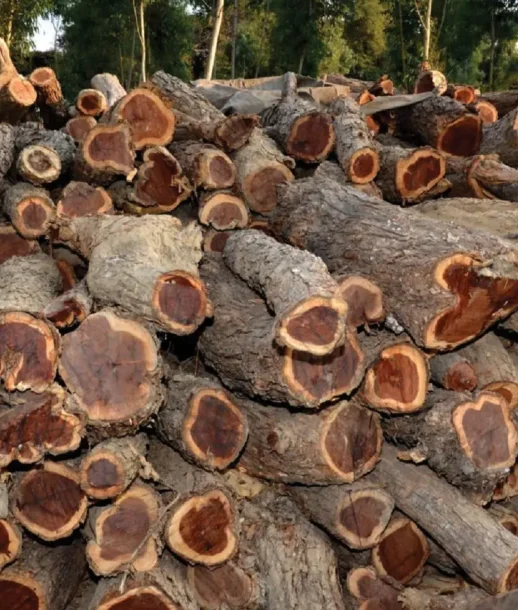Acacia catechu uses of catechins –
Antioxidant protection: Catechins can help to protect cells from damage caused by free radicals. This can help to reduce the risk of chronic diseases such as cancer, heart disease, and stroke.
- Anti-inflammatory effects: Catechins can help to reduce inflammation, which is a factor in many diseases.
- Antimicrobial activity: Catechins have been shown to have antibacterial, antiviral, and antifungal properties. This can help to prevent infections.
- Antidiarrheal effects: Catechins can help to bind to toxins and bacteria in the gut, which can help to relieve diarrhea.
- Anticancer activity: Catechins have been shown to have potential anticancer effects in cell cultures and animal studies. However, more research is needed to determine their effectiveness in humans.
It is important to note that these are just potential uses of catechins from Acacia catechu. More research is needed to confirm their effectiveness and safety in humans. In addition to the uses mentioned above, catechins from Acacia catechu have also been shown to have other potential benefits, such as:
- Cognitive enhancement: Catechins may help to improve cognitive function in people with Alzheimer’s disease and other neurodegenerative conditions.
- Weight loss: Catechins may help to boost metabolism and promote fat loss.
- Skin health: Catechins may help to protect the skin from damage caused by the sun and pollution.
Biological Sources –
The biological source of Acacia catechu is the heartwood of the tree. The heartwood is boiled in water and the resulting extract is dried to form catechu. Catechu is a dark brown, astringent substance that has a variety of uses.
Description –
Acacia catechu, also known as catechu tree or khair, is a deciduous tree that is native to India, Southeast Asia, and China. It is a member of the legume family and can grow up to 15 meters tall. The tree has a dark brown bark that peels off in long strips. The branches are slender and have sharp spines. The leaves are bipinnate, with 4-8 pairs of leaflets. The flowers are small and yellowish-white. The fruit is a flat pod, containing several seeds.
Botanical description –
- Size and Growth: Acacia catechu is a medium-sized tree that can grow up to 15-20 meters (49-66 feet) in height, with a trunk diameter of around 50-70 cm (20-28 inches). The tree often has a spreading crown with feathery foliage.
- Leaves: The leaves of Acacia catechu are bipinnate, which means that each leaf is divided into multiple pairs of leaflets. The leaflets are small and oblong, with a dark green color. Each leaf typically has 20-40 pairs of leaflets.
- Flowers: The tree produces fragrant, pale yellow to cream-colored flowers that are arranged in spherical clusters called inflorescences. These inflorescences are usually located at the end of branches. The individual flowers are small and have five petals.
- Fruit: The fruit of Acacia catechu is a flat, elongated pod, often curved, and about 5-12 cm (2-4.7 inches) long. These pods mature and turn dark brown as they dry out. Inside the pods are several small seeds.
- Bark: The bark of Acacia catechu is dark brown to black in color and deeply fissured. It contains a high concentration of tannins and is used for its astringent and medicinal properties.
- Wood: The heartwood of Acacia catechu is dark brown to reddish-brown in color and is known for its hardness and durability. It is used in woodworking and for making furniture.
Chemical Constituents –
The major chemical constituents are:
- Catechins and Catechu Tannins
- Terpenoids
- Flavonoids
- Carbohydrates
- Phenolic Acids
- Minerals
- Alkaloids
- Trace Elements

